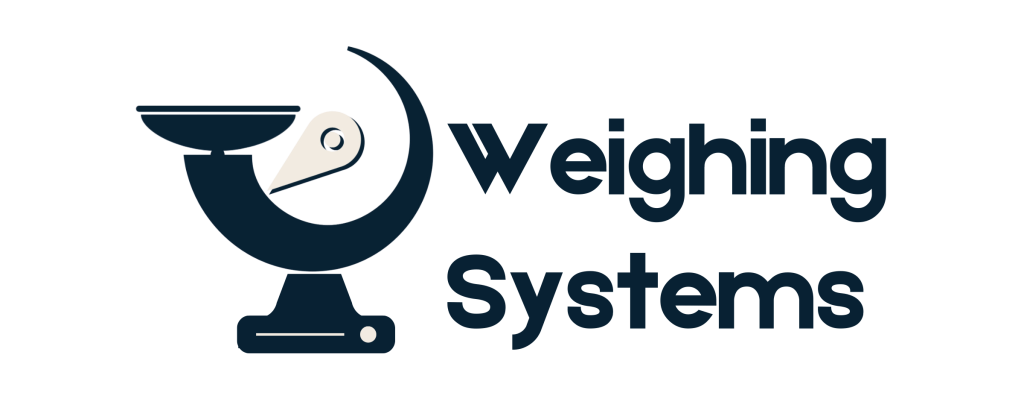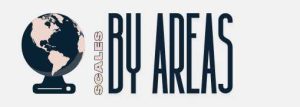ENVIRONMENTAL SEALING
There are two main standards for the classification of the sealing of electrical enclosures.Note that these standards are also used to classify the environmental sealing of other equipment and components such as load cells. The relevance of these ratings for products other than electrical enclosures should be verified by the user.
In the US, requirements are laid down by the National Electrical Manufacturers Association( NEMA), whilst most other countries adopt the IEC International Protection (IP)standards.
NEMA
In Non-Hazardous Locations, the specific enclosure Types, their applications, and the environmental conditions that they are designed to protect against, when completely and properly installed, are as follows:
Type 1 – Enclosures constructed for indoor use to provide a degree of protection to personnel against incidental contact with the enclosed equipment and to provide a degree of protection against falling dirt.
Type 2 – Enclosures constructed for indoor use to provide a degree of protection to personnel against incidental contact with the enclosed equipment, to provide a degree of protection against falling dirt, and to provide a degree of protection against dripping and light splashing of liquids.
Type 3 – Enclosures constructed for either indoor or outdoor use to provide a degree of protection to personnel against incidental contact with the enclosed equipment; to provide a degree of protection against falling dirt, rain, sleet, snow, and windblown dust; and that will be undamaged by the external formation of ice on the enclosure.
Type 3R – Enclosures constructed for either indoor or outdoor use to provide a degree of protection to personnel against incidental contact with the enclosed equipment; to provide a degree of protection against falling dirt, rain, sleet, and snow; and that will be undamaged by the external formation of ice on the enclosure.
Type 3S – Enclosures constructed for either indoor or outdoor use to provide a degree of protection to personnel against incidental contact with the enclosed equipment; to provide a degree of protection against falling dirt, rain, sleet, snow, and windblown dust; and in which the external mechanism(s) remain operable when ice laden.
Type 4 – Enclosures constructed for either indoor or outdoor use to provide a degree of protection to personnel against incidental contact with the enclosed equipment; to provide a degree of protection against falling dirt, rain, sleet, snow, windblown dust, splashing water, and hose-directed water; and that will be undamaged by the external formation of ice on the enclosure.
Type 4X – Enclosures constructed for either indoor or outdoor use to provide a degree of protection to personnel against incidental contact with the enclosed equipment; to provide a degree of protection against falling dirt, rain, sleet, snow, windblown dust, splashing water, hose-directed water, and corrosion; and that will be undamaged by the external formation of ice on the enclosure.
Type 5 – Enclosures constructed for indoor use to provide a degree of protection to personnel against incidental contact with the enclosed equipment; to provide a degree of protection against falling dirt; against settling airborne dust, lint, fibers, and flyings; and to provide a degree of protection against dripping and light splashing of liquids.
Type 6 – Enclosures constructed for either indoor or outdoor use to provide a degree of protection to personnel against incidental contact with the enclosed equipment; to provide a degree of protection against falling dirt; against hose-directed water and the entry of water during occasional temporary submersion at a limited depth; and that will be undamaged by the external formation of ice on the enclosure.
Type 6P – Enclosures constructed for either indoor or outdoor use to provide a degree of protection to personnel against incidental contact with the enclosed equipment; to provide a degree of protection against falling dirt; against hose-directed water and the entry of water during prolonged submersion at a limited depth; and that will be undamaged by the external formation of ice on the enclosure.
Type 12 – Enclosures constructed (without knockouts) for indoor use to provide a degree of protection to personnel against incidental contact with the enclosed equipment; to provide a degree of protection against falling dirt; against circulating dust, lint, fibers, and flyings; and against dripping and light splashing of liquids.
Type 12K – Enclosures constructed (with knockouts) for indoor use to provide a degree of protection to personnel against incidental contact with the enclosed equipment; to provide a degree of protection against falling dirt; against circulating dust, lint, fibers, and flyings; and against dripping and light splashing of liquids.
Type 13 – Enclosures constructed for indoor use to provide a degree of protection to personnel against incidental contact with the enclosed equipment; to provide a degree of protection against falling dirt; against circulating dust, lint, fibers, and flyings; and against the spraying, splashing, and seepage of water, oil, and noncorrosive coolants.
Comparison of Specific Applications of Enclosures
for Indoor Nonhazardous Locations
* These enclosures may be ventilated.
** These fibers and flyings are nonhazardous materials and are not considered Class III type ignitable fibers or combustible flyings. For Class III type ignitable fibers or combustible flyings see the National Electrical Code, Article 500.
Comparison of Specific Applications of Enclosures
for Outdoor Non Hazardous Locations
* These enclosures may be ventilated.
** External operating mechanisms are not required to be operable when the enclosure is ice covered.
*** External operating mechanisms are operable when the enclosure is ice covered.
In Hazardous Locations, when completely and properly installed and maintained, Type 7 and 10 enclosures are designed to contain an internal explosion without causing an external hazard. Type 8 enclosures are designed to prevent combustion through the use of oil-immersed equipment. Type 9 enclosures are designed to prevent the ignition of combustible dust.
Type 7 – Enclosures constructed for indoor use in hazardous locations classified as Class I, Division 1, Groups A, B, C, or D as defined in NFPA 70.
Type 8 – Enclosures constructed for either indoor or outdoor use in hazardous locations classified as Class I, Division 1, Groups A, B, C, and D as defined in NFPA 70.
Type 9 – Enclosures constructed for indoor use in hazardous locations classified as Class II, Division 1, Groups E, F, or G as defined in NFPA 70.
Type 10 – Enclosures constructed to meet the requirements of the Mine Safety and Health Administration, 30 CFR, Part 18.
Comparison of Specific Applications of Enclosures
for Indoor Hazardous Locations
| Provides a Degree of Protection Against Atmospheres Typically Containing | Enclosure Types 7 and 8, Class I Groups ** | Enclosure Type 9 Class II Groups |
| (See NFPA 497M for Complete Listing) | Class | A | B | C | D | E | F | G | 10 |
| Acetylene | I | X | … | … | … | … | … | … | … |
| Hydrogen, manufactured gas | I | … | X | … | … | … | … | … | … |
* For Class III type ignitable fibers or combustible flyings see the National Electrical Code, Article 500.
** Due to the characteristics of the gas, vapor, or dust, a product suitable for one Class or Group may not be suitable for another Class or Group unless marked on the product.
Comparison Between NEMA Enclosure Type Numbers and IEC
Enclosure Classification Designations
IEC Publication 60529 Classification of Degrees of Protection Provided by Enclosures provides a system for specifying the enclosures of electrical equipment on the basis of the degree of protection provided by the enclosure. IEC 60529 does not specify degrees of protection against mechanical damage of equipment, risk of explosions, or conditions such as moisture (produced for example by condensation), corrosive vapors, fungus, or vermin. The NEMA Standard for Enclosures for Electrical Equipment does test for environmental conditions such as corrosion, rust, icing, oil, and coolants. For this reason, and because the test and evaluations for other characteristics are not identical, the IEC Enclosure Classification Designations cannot be exactly equated with the enclosure Type numbers in this Standard.
The IEC designation consists of the letters IP followed by two numerals. The first characteristic numeral indicates the degree of protection provided by the enclosure with respect to persons and solid foreign objects entering the enclosure. The second characteristic numeral indicates the degree of protection provided by the enclosure with respect to the harmful ingress of water.
The table below provides an equivalent conversion from the enclosure type numbers in the NEMA Standard to the IEC Enclosure Classification Designations. The enclosure type numbers meet or exceed the test requirements for the associated IEC Classification; for this reason it should not be used to convert from IEC Classifications to NEMA enclosure type numbers.
Conversion of Enclosure Type numbers to IEC Classification Designations | |
| 1 | IP10 |
| 2 | IP11 |
| 3 | IP54 |
| 3R | IP14 |
| 3S | IP54 |
| 4 and 4X | IP56 |
| 5 | IP52 |
| 6 AND 6P | IP67 |
| 12 AND 12K | IP52 |
| 13 | IP54 |
This comparison is based on tests specified in IEC Publication 60529.


